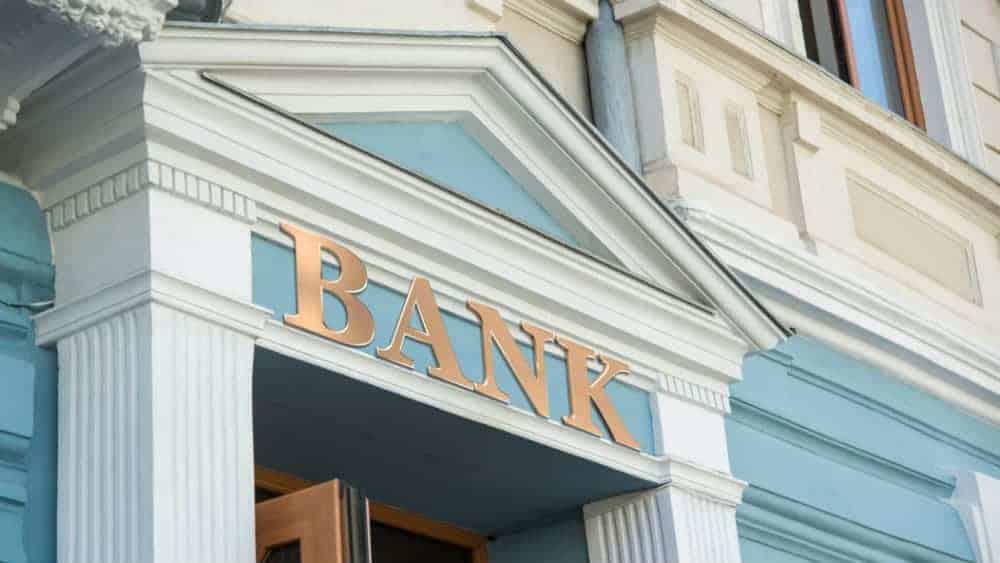Renewed investors’ confidence could push the TSX higher to start the second half of May 2022. On Friday the 13th last week, Canada’s primary stock market index stormed back with a broad-based rally and closed 400.14 points higher. All 11 primary sectors advanced, led by beaten-down sectors, technology (+6.02%), and healthcare (+4.35%).
Global stock markets have been under pressure in recent days due to worries over rising inflation and interest rates. Meanwhile, the financial sector that houses Canadian big bank stocks had lost 2.08% in the last five trading days. Nevertheless, market storms are nothing new to the banking sector.
If you’re investing today, Royal Bank of Canada (TSX:RY)(NYSE:RY) and National Bank of Canada (TSX:NA) remain solid investment options in Q2 2022. Whether you pick the country’s largest or sixth-largest bank, your money should be safe amid the complex environment. Both banks are time-tested and have endured the harshest economic downturns.
Largest TSX company
John Aiken, Barclays’s research head for Canada, predicted good news for investors on the capital front. With no change to dividend policies, he expects dividend hikes from Canadian banks when they report their Q2 fiscal 2022 results later this month. Besides the dividend boost, Aiken added the lenders could be active and opportunistic by doing more share buybacks.
The big bank stock is down 4.06% year to date, but it shouldn’t be a concern for investors. The TSX’s largest publicly listed company will not wilt under the present environment. At $126.62 per share, the $179.73 billion bank pays a 3.79% dividend. Moreover, RBC’s dividend track record is 152 years.
In Canada, RBC is the leader in wealth management. The business is also growing in the United States. Management aims to hold the number three market position in the U.K. and Ireland when it completes the purchase of Brewin Dolphin. The latter is one the Europe’s leading independent providers of discretionary wealth management.
New innovative financing model
Aiken thinks Canadian banks will announce a low to medium single-digit dividend increases in the coming earnings season. However, National Bank is well positioned to announce the most significant percentage hike. The $30.43 billion bank has the lowest payout ratio (31.71%) among the Big Six and boast a solid excess capital level. The percentage increase could be as much as 22%.
National Bank’s dividend track isn’t more than a century like RBC, but it has raised its dividends for 13 consecutive years. Performance-wise, the total return in 10.01 years is a respectable 271.99% (14.02% CAGR). At $89.96 per share, the dividend yield is 3.87%. The 12-month average price target of market analysts is $106.18 (+18%).
Management’s primary focus today is help small- and medium-sized enterprises (SMEs) find exceptional growth opportunities. The National Bank SME Growth Fund will make minority equity stakes in eligible SMEs through growth or transition capital. NA’s latest financing offer and innovative model target investments between $500,000 and $15 million.
Safer ground
The market turmoil is gut-wrenching, if not agonizing, for most investors earning passive income from the stock market. Fortunately, the banking sector offers a safer ground. RBC and National Bank, especially, should overcome the disturbance, like they did during the pandemic.









